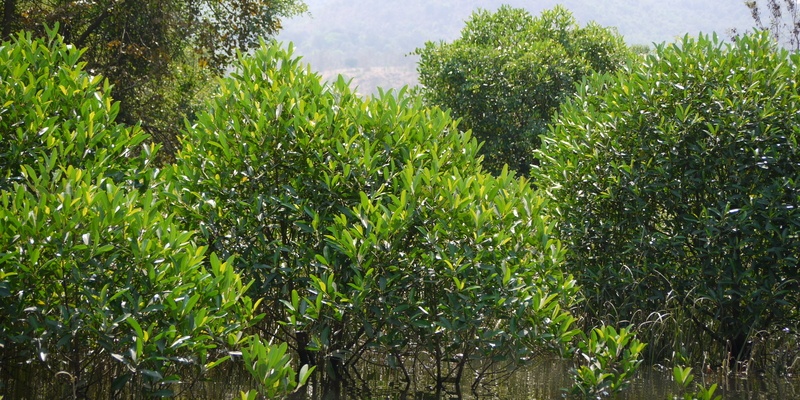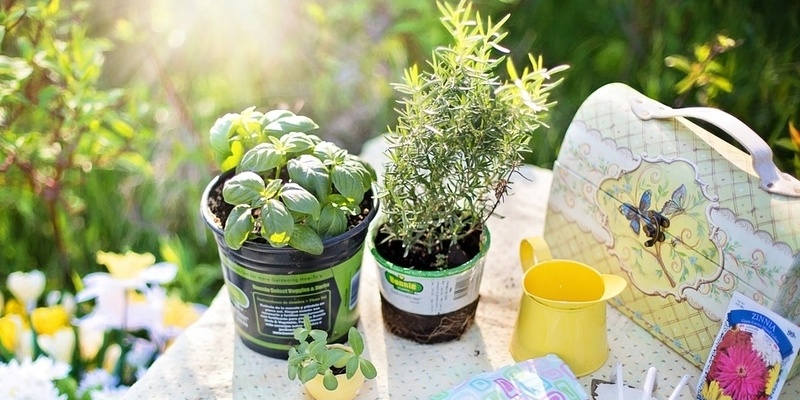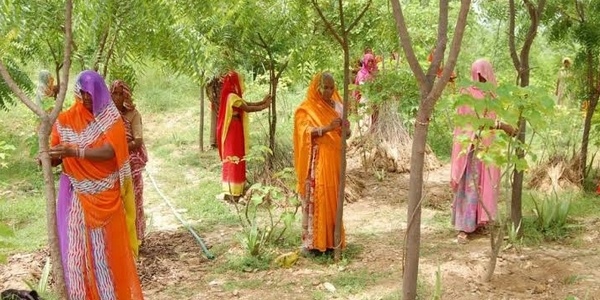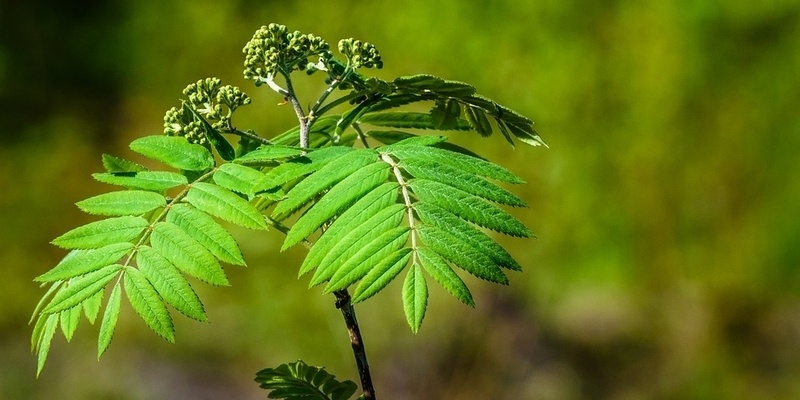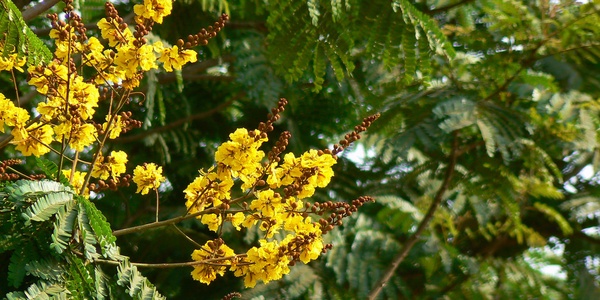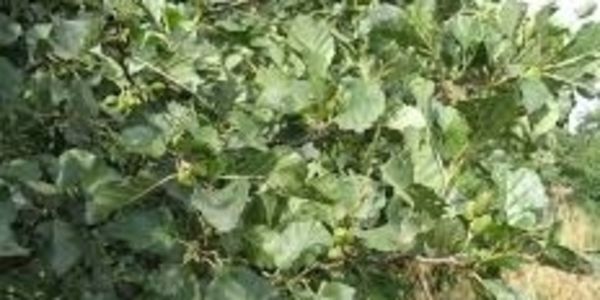India’s New Cinematic Voice: Anuparna Roy Creates History at Venice
The 82nd Venice International Film Festival, held from August 27 to September 6, 2025, will forever be remembered in Indian cinema history. For the first time, an Indian filmmaker, Anuparna Roy from Narayanpur, Purulia, won the Best Director Award in the Orizzonti (Horizons) section for her debut feature, Songs of Forgotten Trees. Her achievement was no small feat. Out of 4,580 film submissions, only 21 films were selected for the main competition, and just 19 films made it to the Horizons category. Against such staggering odds, Roy’s victory marked not only a personal triumph but also a global recognition of Indian storytelling rooted in authenticity.Growing Up Far from the SpotlightAnuparna’s story is remarkable because of where it began. Born and raised in a small tribal village in West Bengal’s Purulia district, she grew up in a modest middle-class family. Her world was far removed from the glamour of the film industry. But even as a child, she was drawn to books, stories, and films. While her surroundings offered simplicity, her imagination soared beyond boundaries. This quiet love for storytelling became the seed of her cinematic journey—a journey that would one day take her to Venice’s grand stage.Venice International Film FestivalThe Venice International Film Festival, founded in 1932, is the world’s oldest film festival and one of the most prestigious events in global cinema. Held annually on the island of Lido in Venice, Italy, it is part of the Venice Biennale, a major cultural exhibition. The festival celebrates artistic excellence and innovation in filmmaking, bringing together directors, actors, critics, and cinephiles from around the world. Over the years, it has premiered landmark films and honored some of the greatest filmmakers in history. Beyond awards, the festival serves as a platform where new voices in cinema can be discovered, making it a true gateway to international recognition.A Scholar Turned StorytellerBefore venturing into films, Anuparna excelled in academics. Her education began at local schools: Narayanpur Primary School, Ranipur Colliery High School, and Naopara High School. Later, she studied English Honors at Kulti College before completing a Master’s in Mass Communication in Delhi. Her academic brilliance gave her a stable career path, but her heart pulled her elsewhere. The world of stories and human emotions called louder than any textbook or lecture. And soon, she would take the leap. Like many young Indians, Anuparna found herself in the corporate world. She worked in IT sales, a career that promised stability and financial security. Yet, the comfort of a secure job could not silence her creative restlessness. In 2022, she made a decision that shocked her family and friends: she quit her job and moved to Mumbai. While many doubted her choice, calling it risky and impractical, Anuparna believed in her dream. This moment of courage was the turning point in her life, one that set her on the path to historyA Film Made in a Rented ApartmentMumbai was far from easy. Without the support of big studios or budgets, Anuparna relied on determination. She wrote and shot Songs of Forgotten Trees inside her small rented flat in Azad Nagar. Her actors, Naaz Shaikh and Sumi Baghel, even stayed with her for three months during the shoot. “We cooked, we shot, we shouted,” she recalled, describing the raw and intense process of filmmaking in those cramped rooms. It was cinema at its purest, born out of passion, collaboration, and survival.Songs of Forgotten TreesSongs of Forgotten Trees is a compelling debut feature by Anuparna Roy, centered on the intimate bond between two migrant women in Mumbai. As they share a cramped apartment—one an aspiring actress entangled in survival, the other a newcomer navigating corporate life—their initially transactional arrangement evolves into a compassionate, unspoken kinship. Set against the city’s indifferent hustle, the film explores themes of loneliness, resilience, and surprisingly tender human connection, infused with authenticity from being shot in the filmmaker’s own modest living spaceA Filmmaker Who Learnt by DoingBefore directing, Anuparna honed her skills in unexpected ways. She pursued a diploma in acting at Anupam Kher’s Actor Prepares Institute and attended acting workshops in Mumbai. This experience helped her understand the craft from the perspective of actors, later shaping her empathetic directing style. Her collaboration with her team also highlighted her inclusive approach. In her winning speech, she thanked her cast, technicians, and even her 80-year-old gaffer, Debjit Banerjee, showing the respect and gratitude that marked her leadership.The Film That Touched the WorldSongs of Forgotten Trees is not just a film; it is a reflection of Anuparna’s journey. Rooted in themes of identity, memory, and survival, the film carries the rawness of her struggles and the honesty of her voice. At Venice, it struck a chord with the jury and audience alike, proving that authentic stories, no matter where they come from, can touch the world. Her rise mirrors the struggles of countless young Indians who leave behind secure jobs, face family resistance, and fight societal norms to follow their passions. She stands as living proof that dreams from small villages can echo on the biggest stages of the world.

.jpg)
